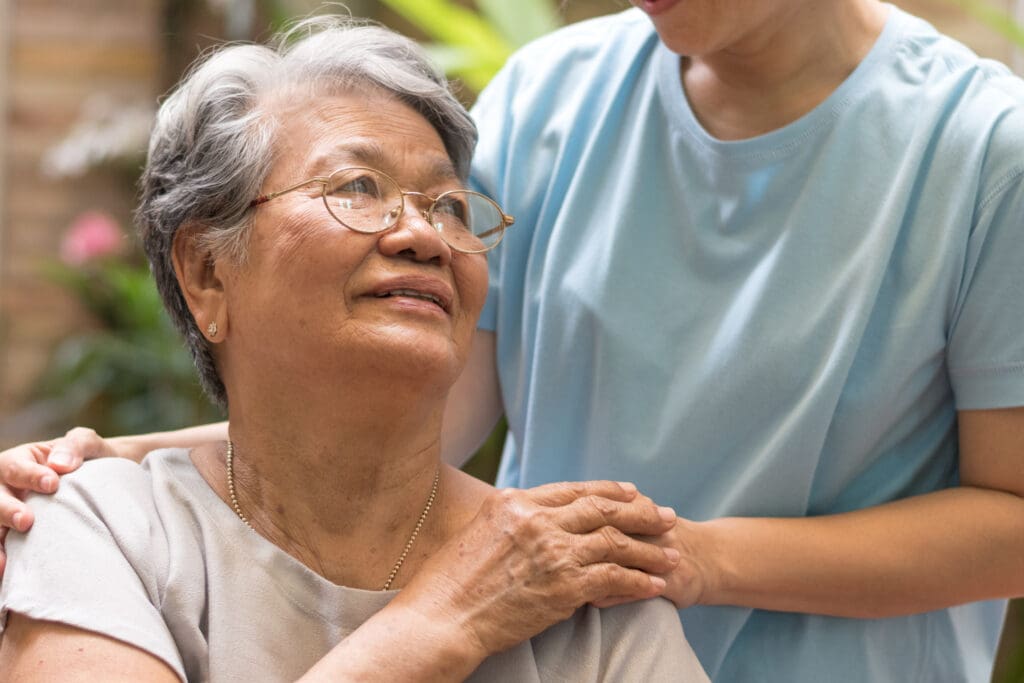
Receiving hospice care in a home setting is most people’s preference — but for a hospice patient’s family, navigating their loved one’s final weeks can be challenging, even with the support of a professional hospice team. In an attempt to ease this situation, our hospice team and our Center for Home Care Policy & Research are taking part in a research project on the benefits of increased guidance and educational support for families of hospice patients.
In the ongoing study, a collaboration between Weill Cornell’s Division of Geriatrics and Palliative Medicine and VNS Health called I-HoME (Improving Home hospice Management of End-of-life issues through technology), family caregivers receive weekly telehealth consults along with access to a series of educational videos, all with the goal of empowering them and helping them manage their loved one’s symptoms more effectively.
The NIH-funded research project is evaluating a pair of interventions designed to prevent families from feeling that their loved one’s symptoms are out of control, potentially causing them to panic and call 911. When this happens, the loved one may end up with an unplanned trip to the hospital, which could result in unwanted treatments and disenrollment from hospice.
The interventions provide participating hospice families with:
- Up to six weekly telehealth visits with a hospice nurse practitioner (NP). The NP uses these sessions to guide and educate the family on the four key components of symptom management.
- Access to an online library of short (two to five-minute) hospice caregiver educational videos, with the NP recommending specific videos to them as needed.
“By providing hospice family caregivers with these weekly telehealth visits and the educational videos, our aim is to help them get better at assessing and lessening their loved one’s symptoms, thereby reducing unwanted discharges from hospice,” says Dr. Ritchell Dignam, chief medical officer for Provider Services. “If this intervention proves successful, the ultimate outcome will be an improved quality of care for both hospice patients and their caregivers.”



